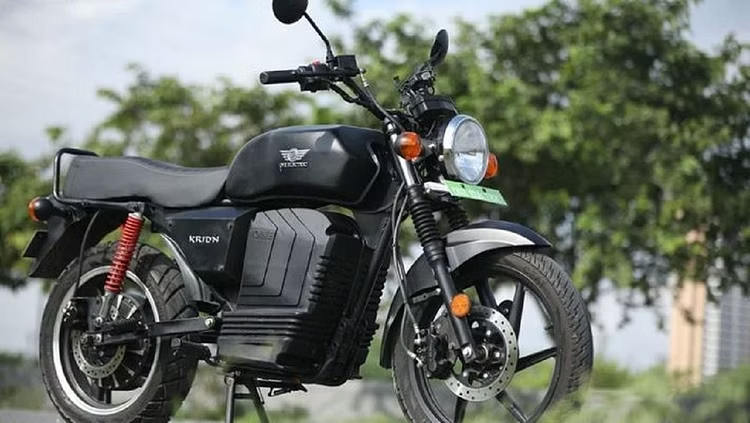The Efficiency of Dual Motor E-bikes Uncovered
The rise of electric bikes, particularly dual motor e-bikes, has transformed urban mobility, offering an efficient alternative to traditional transportation. These bikes, equipped with two motors, provide enhanced power and performance, making them a compelling choice for various riders. Understanding their efficiency involves examining their design, functionality, and real-world implications. At the heart of dual motor e-bikes is the integration of two motors, typically one at the front wheel and another at the rear. This configuration allows for superior torque and acceleration, enabling riders to tackle steep hills and rough terrains with ease. Unlike single motor systems, which may struggle under load or when navigating inclines, dual motor setups distribute power more effectively. This results in smoother rides, allowing cyclists to maintain speed without excessive effort. One of the key advantages of dual motor e-bikes is their adaptability to different riding conditions. Riders can choose to engage both motors for maximum power or use them independently based on the terrain.

For instance, in challenging environments such as gravel paths or snowy roads, activating both motors can enhance stability and traction. This versatility makes dual motor e-bikes suitable for a broader range of applications, from commuting to recreational biking. Another significant aspect of efficiency lies in energy consumption. While it may seem counterintuitive that two motors could be more efficient than one, dual motor e-bikes often incorporate smart energy management systems. These systems intelligently allocate power between the motors, optimizing energy use according to the rider is needs. As a result, riders can enjoy longer ranges without the anxiety of battery depletion, an essential factor for those who rely on e-bikes for daily transportation. Furthermore, dual motor e-bikes contribute to reducing overall environmental impact. By offering a viable alternative to cars, particularly in congested urban areas, these bikes can alleviate traffic and lower greenhouse gas emissions.
As cities increasingly seek sustainable transportation solutions, dual motor Electric Bike position themselves as an eco-friendly choice that promotes health, reduces noise pollution, and minimizes road congestion. Rider comfort and experience also benefit significantly from dual motor designs. The increased power means less physical strain, allowing more individuals to engage in cycling, including those who may have previously found biking challenging. This inclusivity broadens the appeal of e-bikes, encouraging a diverse range of users to embrace cycling as a daily mode of transport. In conclusion, dual motor e-bikes epitomize efficiency through their innovative design and functionality. They offer enhanced performance, adaptability to various terrains, and smart energy management that maximizes battery life. As cities continue to prioritize sustainable transport, dual motor e-bikes emerge as a forward-thinking solution that meets the demands of modern urban life while promoting healthier lifestyles and reducing environmental impact. Their ability to provide a reliable and enjoyable riding experience ensures that they will play a vital role in the future of mobility.